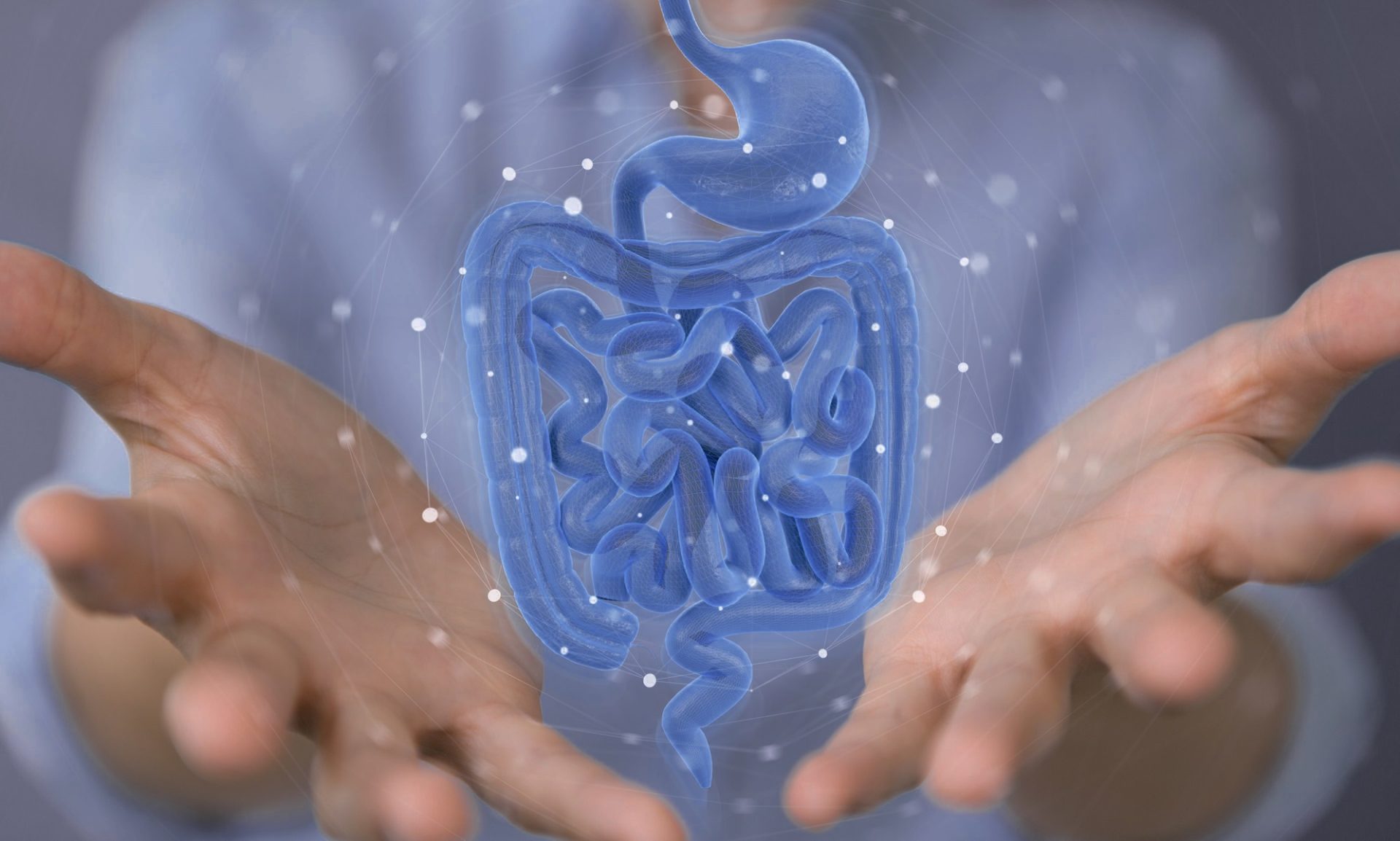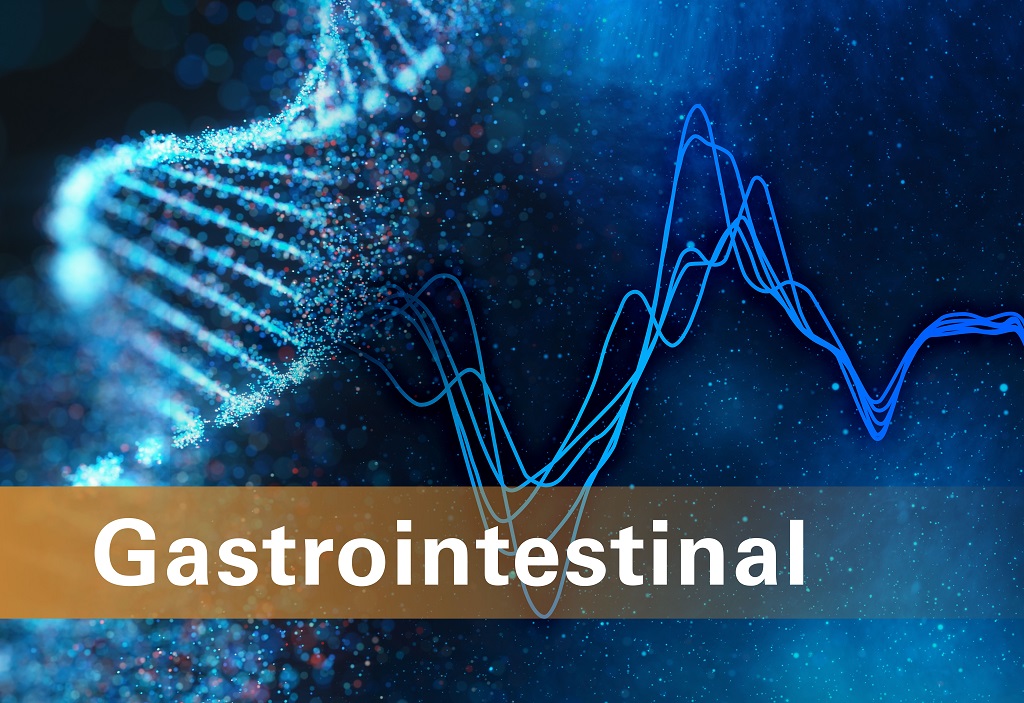

Gastrointestinal
Traditional diagnostic approaches such as culture tests are time, labor and cost intensive, and provide low diagnostic yield, with 85-94% tests returning a negative result. Bruker’s PCR-based molecular diagnostic methods offer a great degree of accurate early diagnosis and support early containment as well as management of Gastrointestinal infections. These infections can be caused by a variety of pathogens, including bacteria, viruses, parasites, and fungi. LiquidArray® multiplex PCR system is a powerful tool, enabling the simultaneous detection of multiple pathogens in a single test, using a single protocol, and providing a more comprehensive understanding of the pathogens involved.
Additionally, Bruker’s GenoType molecular diagnostic tests provide rapid, easy-to-use solutions which are crucial for patient care and controlling the spread of the infection.
